Leadership Burnout: The Hidden Cost Executives Refuse to Face

Leadership burnout is a silent epidemic destroying executives’ health, performance, and culture. Discover how to recover, rebuild resilience, and lead stronger.
The Hidden Enemy Behind Executive Success
What if the greatest threat to your leadership isn’t market downturns, talent loss, or competition—but leadership burnout silently eating away at your strength?
You might not notice it at first. Meetings still happen. Numbers still get hit. The façade of control remains.
But beneath the surface, cracks are spreading. Fatigue builds. Clarity fades. What once felt sharp and unstoppable begins to dull.
I know this erosion firsthand. Early in my sales career, I was fueled by ambition and adrenaline. For a while, it worked. But the constant grind, late nights, and endless pressure left me exhausted.
My edge dulled. My numbers stalled. I started questioning my ability. Everything shifted only after working with a mindset coach. I rebuilt not just my performance but my resilience. I discovered the cost of ignoring leadership burnout—and the power of confronting it.
What is Leadership Burnout?
Leadership burnout is not “just being tired.” It’s the slow collapse of your effectiveness, health, and influence under relentless pressure.
Like a steel bridge carrying too much weight, tiny cracks form invisibly. From the outside, you appear unshakable. Inside, collapse is already underway.
The World Health Organization now classifies burnout as an occupational phenomenon. Harvard Business Review reports that more than 60% of executives feel “used up” at the end of the day.
Gallup confirms that when leaders burn out, engagement across entire teams plummets. Burnout doesn’t stop with you—it spreads through your corporate culture like a virus.
Leadership burnout is the erosion of your entire ecosystem. When leaders collapse, their organizations crumble.
Quick check: Want to face what most executives deny? Take the Burnout Risk Assessment GPT now.
Why Leadership Burnout Matters More Than You Think
Burnout touches every area of life and leadership:
Health: Chronic stress elevates risk of heart disease, weakens immunity, and accelerates aging. Burnout doesn’t make you stronger—it eats you alive.
Relationships: Emotional exhaustion doesn’t stay at the office. Families feel the absence of your presence even when you’re sitting at the table.
Performance: Decision fatigue erodes judgment. Creativity dries up. You stop playing to win and start playing not to lose.
Culture: A burned-out leader creates a burned-out culture. Your team mirrors your fatigue and cynicism, leading to disengagement and turnover.
Ignore leadership burnout long enough, and it doesn’t just cost you—it costs your health, your family, your career, and your legacy.
Common Myths About Leadership Burnout
Leaders often cling to dangerous beliefs that accelerate burnout:
1.) “Exhaustion is a badge of honor.” Contrarian truth: exhaustion is not leadership. It’s negligence dressed up as discipline.
2.) “I’ll recover after the next deal, next quarter, next promotion.” Later never comes. Postponed recovery compounds collapse.
3.) “Endurance equals resilience.” Endurance without recovery is weakness wearing a mask. True resilience requires restoration.
Signs of Burnout vs Traits of Resilient Leadership
| Signs of Burnout | Traits of Resilient Leadership |
|---|---|
| Constant fatigue | Steady, renewable energy |
| Irritability & cynicism | Presence & emotional control |
| Decision fatigue | Clarity & decisiveness |
| Declining performance | Sustained high performance |
| Disengaged relationships | Deep, value-driven connection |
How to Recover and Build Leadership Resilience
To fight back against leadership burnout, you must reforge yourself. Here’s a warrior-tested framework:
Step 1: Micro-Recoveries
Warriors don’t wait for vacations—they reset in the moment. Use five minutes of breathwork, stretching, or silence between meetings. Small resets prevent massive crashes and sharpen focus so leaders return with clarity.
Step 2: Energy Audits
Track what drains you versus what fuels you. Ruthlessly delegate or redesign the drains. Reclaim time for the activities that restore your edge and build systems that consistently protect energy levels.
Step 3: Purpose Anchoring
A warrior without a cause burns out twice as fast. Align daily tasks with deeper values. Purpose transforms pressure into fuel, giving meaning to the grind and turning stress into commitment.
Step 4: Mental Conditioning
Resilience doesn’t happen by accident. Train your mind like you train your body—through visualization, journaling, and deliberate practice. Build capacity, not just coping, and strengthen the mental muscles needed for elite leadership.
Step 5: Coaching Acceleration
Most executives never escape burnout alone. Coaching provides the mirror, accountability, and reframes needed to recover faster and stronger. It also accelerates mastery by exposing blind spots.
Real-World Proof: From Exhausted to Energized
In my sales career, I learned that leadership burnout was more than exhaustion—it was a thief. It stole clarity, confidence, and results.
Working with a mindset coach helped me rebuild from the inside out. My numbers didn’t just recover—they skyrocketed. The secret wasn’t grinding harder. It was mastering recovery, purpose, and mental toughness.
This is the truth executives avoid: leadership burnout is not inevitable. It’s optional—if you’re willing to confront it.
Mistakes Leaders Make When Facing Burnout
Ignoring the cracks: Waiting until collapse to act, refusing to notice early warning signs before disaster.
Confusing endurance for strength: Believing you can outlast stress without recovery, mistaking pain for power and grit.
Sacrificing purpose for profit: Losing connection to values accelerates burnout, draining motivation and eroding authentic leadership capacity.
Neglecting support: Thinking you don’t need coaching or reflection, ignoring accountability partners who accelerate resilience and growth.
Each mistake accelerates leadership burnout and compounds the cost.
Advanced Strategies for Leadership Mastery
For those ready to push beyond survival:
Stoic Practice: Use ancient philosophy to reframe adversity as fuel, cultivating calm focus under fire. [link to Stoic Principles article]
Cross-Training: Borrow from CrossFit or martial arts—periodize stress and recovery, creating stronger adaptability across all leadership domains.
Neuroscience Tools: Leverage research from Dr. Andrew Huberman and Carol Dweck to rewire mental toughness, strengthening neural pathways for clarity and discipline.
Archetypal Integration: Balance the Warrior (drive), King (vision), Magician (strategy), and Lover (emotional presence) to lead with wholeness, depth, and enduring resilience.
Leadership burnout isn’t conquered by doing less—it’s conquered by becoming more intentional, more resilient, and more aligned.
Frequently Asked Questions About Leadership Burnout
What are the signs of leadership burnout?
Fatigue, cynicism, irritability, poor decision-making, declining performance, and detachment from purpose are core indicators.
How is leadership burnout different from stress?
Stress is temporary and can motivate. Leadership burnout is chronic stress without recovery—leading to exhaustion and collapse.
Can leadership burnout be reversed?
Yes. With micro-recoveries, purpose alignment, coaching, and systemic changes, leaders can fully recover and become stronger.
Does leadership burnout affect corporate culture?
Absolutely. Burned-out leaders create disengaged teams. Energy, focus, and morale trickle down.
Do I need a coach to recover from leadership burnout?
While self-reflection helps, coaching accelerates recovery. Coaches provide tools, perspective, and accountability most leaders cannot create alone.
How does leadership resilience protect against burnout?
Resilience builds adaptive capacity. Leaders who recover quickly, align with purpose, and manage energy prevent burnout from taking root.
What’s the fastest first step to address leadership burnout?
Take five minutes today for a micro-recovery—then begin tracking energy drains versus fuels. Awareness starts the rebuild.
Call to Action
If you’ve skimmed this far, stop. Weak leaders skim. Warriors study, confront, and act. Leadership burnout is not weakness—it’s warning. Ignore it, and collapse will cost you your health, your career, and your legacy.
But you don’t have to sacrifice yourself to succeed. A true Corporate Warrior doesn’t just endure—he endures and returns stronger.
Download Burnout to Bulletproof. Inside, you’ll find the routines, reframes, and strategies elite leaders use to recover energy, rebuild resilience, and dominate without losing themselves.
The bridge hasn’t collapsed yet. Fortify it now.


